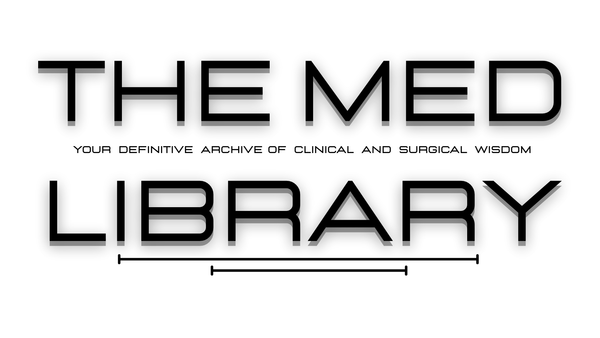
A Comprehensive Guide to USMLE for Indian Medical Students
Share
A Comprehensive Guide to USMLE for Indian Medical Students
The United States Medical Licensing Examination (USMLE) is a crucial step for medical graduates aspiring to practice medicine in the United States. For Indian medical students, clearing USMLE opens the door to a world of opportunities, including residency programs in top U.S. hospitals. However, the process is rigorous, and understanding its intricacies is essential for success.
This guide will walk you through the USMLE structure, eligibility criteria, preparation strategies, and tips to navigate the journey as an Indian student.
What is USMLE?
USMLE is a three-step examination that assesses a physician’s ability to apply medical knowledge and skills for patient care. It is jointly sponsored by the Federation of State Medical Boards (FSMB) and the National Board of Medical Examiners (NBME).
USMLE Step-Wise Breakdown
1. Step 1
• Focus: Basic sciences (anatomy, physiology, biochemistry, pharmacology, pathology, microbiology, and behavioral sciences)
• Format: 280 multiple-choice questions (MCQs)
• Duration: 8 hours
• Importance: Determines your medical knowledge foundation and is heavily considered by residency programs.
2. Step 2 CK (Clinical Knowledge)
• Focus: Clinical sciences, including medicine, surgery, pediatrics, psychiatry, and obstetrics/gynecology
• Format: Multiple-choice questions
• Duration: 9 hours
• Importance: Tests your ability to apply clinical knowledge in patient care settings.
3. Step 3
• Focus: Application of medical knowledge in clinical scenarios
• Format: Multiple-choice questions and computer-based case simulations
• Duration: Two days
• Importance: Required for independent medical practice in the U.S.
Eligibility Criteria for Indian Students
To be eligible for USMLE, Indian medical students must:
• Be enrolled in or have graduated from a medical school recognized by the World Directory of Medical Schools (WDOMS).
• Begin with Step 1 and Step 2 CK during or after the MBBS program.
• Step 3 requires completion of both previous steps and is typically taken during or after a U.S. residency application.
Application Process
1. Step 1 and Step 2 CK: Apply through the Educational Commission for Foreign Medical Graduates (ECFMG) website.
2. Step 3: Register via the FSMB website after clearing the first two steps.
Cost of USMLE
The USMLE exam fees vary by step:
• Step 1 and Step 2 CK: Approximately $1000 each
• Step 3: Around $1500
Additionally, travel expenses and accommodation for the U.S. can be significant, especially for clinical rotations and residency interviews.
Preparation Tips for USMLE
1. Choose the Right Resources:
• First Aid for the USMLE Step 1 – A must-have guide for Step 1
• UWorld Qbank – The most trusted question bank for all steps
• Kaplan Lecture Notes – Comprehensive for foundational concepts
2. Create a Study Plan: Allocate daily study hours, focusing on weaker subjects. Break the syllabus into small goals to maintain consistency.
3. Practice with Mock Tests: Regular self-assessment helps in time management and understanding the exam pattern. Tools like NBME self-assessments and UWorld assessments are invaluable.
4. Use Spaced Repetition Techniques: Use apps like Anki to retain information effectively through flashcards.
5. Stay Consistent and Motivated: Consistency is key in a long preparation journey. Join USMLE study groups or online forums for support.
Challenges Indian Students Face
1. High Costs: Exam fees, travel, and U.S. clinical experience add up.
2. Limited Access to Clinical Rotations in the U.S.: Securing externships can be competitive and costly.
3. Time Management: Balancing USMLE prep with MBBS or internship responsibilities requires strategic planning.
Benefits of Clearing USMLE
• Residency in the U.S.: Opens doors to specialized training in some of the best hospitals in the world.
• Global Career Opportunities: U.S. credentials are recognized internationally.
• Higher Salaries and Better Facilities: Physicians in the U.S. earn significantly more than in many other countries.
Alternatives to USMLE
If your goal is to work in countries other than the U.S., consider:
• PLAB (UK) for practice in the United Kingdom
• AMC (Australia) for working in Australia
• MCCQE (Canada) for practicing in Canada
Conclusion
The USMLE is a challenging but rewarding pathway for Indian medical students aiming for a career in the United States. With strategic preparation, the right resources, and unwavering motivation, success is within reach.
Are you preparing for USMLE or planning to? Share your experiences, challenges, or queries in the comments on themedschool.com—your community for all things medical!
